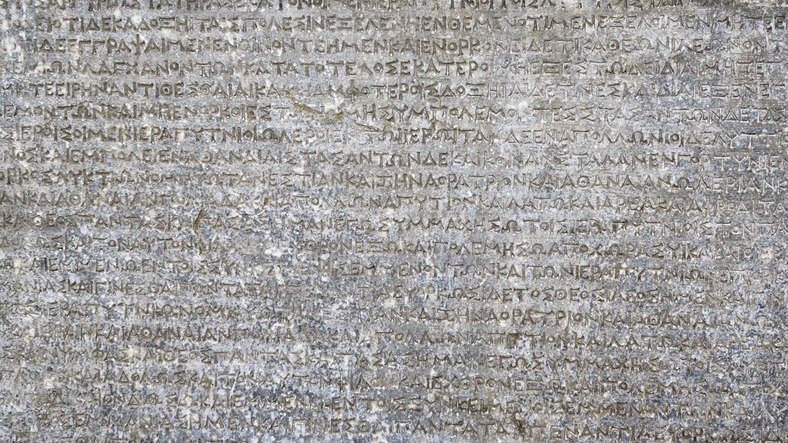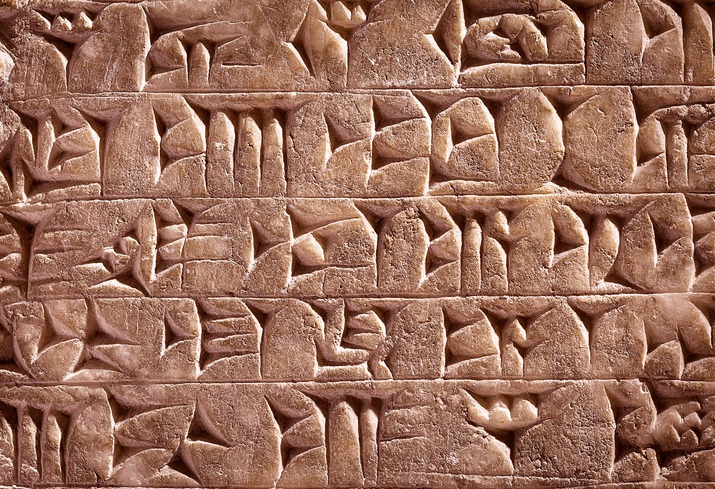What is your primary reason for learning a new language? Probably because you want to improve your travel experiences or immerse yourself in another culture. But have you ever found yourself wondering about languages used in history as you want to connect to your heritage or religion? You’re looking for something you can’t get with modern languages.
Languages no longer spoken, also known as dead languages, are fascinating topics. If you like learning about ancient history, dead languages may tickle your fancy. And as society changes with time, some languages become forgotten languages or are no longer spoken in any country.
What is a Dead Language?
A language that is no longer the native language of any community or no more any native speaker is known as a dead language, even if it is still learned or in use. For instance, Latin is known as a dead language since no country uses this language anymore to speak or write.
Dead languages are often confused with extinct languages. A dead language is a language that is also no longer a native language of any community but may still be used in other contexts and is still studied. Dead languages have uses that tend to exist in specific situations like academia, among individuals, or in special circumstances, like Latin in Vatican City.
Meanwhile, an extinct language is a language that is no longer used in any community and does not have any speakers.
Dead Languages
There are thousands of dead languages and the exact number – we’ll probably never know. There’s a lot of history in every country, let alone every community they have. Here are some of the most popular dead languages:
Latin
By far, the most well-known dead language is Latin. Though it’s been considered dead for centuries, it’s still taught in schools because of its importance in the Christian church and its use in political and legal situations. Some schools and colleges even made this language compulsory.
Latin has a great history, as people from Europe and across the western Mediterranean coastal regions of Africa were Latin speakers. Some of the most famous writers of the language include Julius Caesar, Ovid, and Cicero. Also, 60% of English words came from Latin. Many of the modern languages like French, Italian, Spanish, Portuguese, and Romanian languages are directly influenced by Latin. Vatican City was the last country that used Latin as an official language, but Pope Francis ditched its use in the synod and replaced it with Italian.
Latin died gradually due to language change. It started dying out during the 6th century after the fall of the Roman Empire in 476 AD. Eventually, Latin became Vulgar Latin, which led to the language splitting up into various Romance languages. Because of this, Latin fell out of use.
Learning Latin can still be advantageous today because lots of great medical books are written in Latin. Many of the medical terminologies we use now came from Latin. Also, if you learn Latin, it will be easier for you to learn related languages like Italian, French, and Portuguese.
Sanskrit

An ancient Indian language, Sanskrit is used in many religions like Hinduism, Buddhism, Sikhism, and Jainism. It’s the lingua franca of much of the East for more than three thousand years. This language is where Hindi, Punjabi, Bengali, Urdu, and most Indian languages got their roots. It’s essentially the Eastern equivalent of Latin in the West. Many other languages in the modern world have Sanskrit roots.
Sanskrit serves as the language of a lot of ancient poetry, drama, and religious texts. Great books like the Mohayharat, Vedas, and Ramayan are written in Sanskrit. There was also a point in history when Sanskrit was the language of high-class society like Brahmin, and the general population wasn’t allowed to use the language because of the caste system.
However, many would argue that Sanskrit is not a dead language after all. It still is used in some places. But it started fading out in the 11th century, where several rulers replaced Sanskrit with Arabic when India was under Muslim containment. After the end of the Muslim containment, the British started ruling over India and replaced Sanskrit with English.
Sanskrit is a complex language to read and understand. It takes a considerable time to learn because of its complexity. If you want to learn Sanskrit, you can get valuable knowledge from Vedas.
Biblical Hebrew

Biblical Hebrew is totally different from modern Hebrew, which is a language that’s still very much alive. Biblical Hebrew was the official language of the Israelites and developed into a literary and liturgical language around 200 CE. Though modern Hebrew replaced Biblical Hebrew, other biblical elements still exist in the newer language. It’s also relatively easy for native Hebrew speakers to understand.
Currently, Biblical Hebrew is taught in public schools of Israel. It’s an important way to understand modern Hebrew and the Jewish faith. If you are also interested in learning the original text of the Bible, learning Biblical Hebrew will help. Also, if you have any interest in research about the Middle East, knowledge of Hebrew is fundamental.
Biblical Hebrew started to die after the destruction of the Temple of Jerusalem and the Israelites’ disbursement throughout Europe and North Africa. The language saw more decline during the Holocaust, where the rabbis were the first to die. After resettlement by the descendants of the Israelites, Modern Jewish was developed.
Ancient Greek

The language of Socrates, Homer, Plato, and Aristotle – Ancient Greek is the language of intellects and great philosophers. It is considered one of the essential languages in Western civilization. It dominated parts of Europe from the 9th century BCE to the 6th century CE.
Ancient Greek died gradually as the modern Greek language replaced it. However, it did not lose its appeal now. It’s a compulsory subject in some elite schools in Europe. Also, other works of fiction like Harry Potter and Asterix are translated into Ancient Greek.
Most of the words used in the scientific fields and tech industries were taken from Ancient Greek. If you work in these fields, learning Ancient Greek would be an interesting way to further explore your field of study and understand the origins of the terms you use every day.
Coptic
Coptic is what remained from the ancient Egyptian languages, even hieroglyphics! It’s actually a combination of hieroglyphics, hieratic, and demotic languages and uses the Greek alphabet for writing. It was used throughout Egypt by Ptolemaic rulers after the spread of Greek culture.
Coptic is one of the earliest-known languages spoken until the late 17th century when the Arabic language replaced it. This language is also considered the first language of Christianity by some people and is important for understanding the early origins of Christianity. Like Latin, Coptic is still used by the Coptic Orthodox Church of Alexandria.
If you’re into hieroglyphics or different writing systems, Coptic would be a fun language to learn. Since it’s the oldest Christian language, you must learn it if you want to study Christian culture deeply.
Akkadian
Akkadian was the language spoken through Mesopotamia from the third to the first millennium BCE. This language spread all the way from the areas near the Mediterranean Sea to the Persian Gulf. This language is named after the city of Akkad, which was the central city of Mesopotamia. Speakers of the Akkadian language used to include not just Mesopotamians but also Babylonians and Chaldeans.
As the civilizations declined, the languages also died out. Later on, the Aramaic language replaced Akkadian. Slowly and gradually, people began to adapt to Aramaic and left Akkadian in the past.
After centuries of lying dormant, scholars of the 19th and 20th centuries were able to decipher the meanings of these ancient languages and bring them back to life in some ways. If you want to study the deep history of Mesopotamia, learning Akkadian will be beneficial. Also, if you want to learn cuneiform, you have to learn Akkadian.
Sumerian
The Sumerians were famous for being the first civilization to develop a system of writing, which is the cuneiform. It consisted of several hundred characters that ancient scribes used to write syllables or words on wet clay tablets with a reed stylus. It was first used for mundane purposes of keeping accounts and records of business transactions, but over time, it blossomed into a full-fledged writing system used for everything. Cuneiform tablets are still studied by scholars all around the world.
However, the language did not fare well as their legacy, as the Sumerian language has not had any native speakers in centuries. As the Sumerian empire declined, their people moved to the north to search for more fertile farming grounds and a more hospitable area to resettle. But it did not fare well, either. Eventually, the Sumerians merged with the Akkadians, causing their language to die. If you want to learn what happened to the Sumerians, read here.
